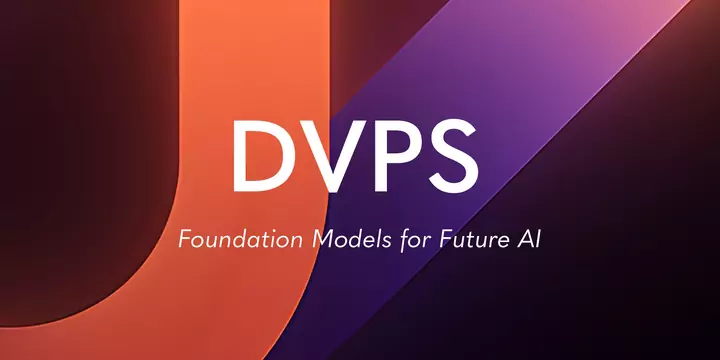Translated, an Italian scaleup developing AI-based linguistic solutions, announces the launch of DVPS, which stands for the Latin phrase Diversibus Viis Plurima Solvo (Through different paths, I solve multiple problems), one of the most ambitious projects of the Horizon Europe programme, supported by an initial investment of EUR 29 million and involving twenty leading organisations from nine countries to shape the next frontier of artificial intelligence.
Building on the success of large-scale language models, DVPS explores the future of AI by means of multimodal foundation models. Unlike current systems, which learn from representations of the world through text, images and video, these next-generation models are designed to acquire empirical knowledge through direct interaction with the physical world. By integrating linguistic, visual and sensor data, they develop deeper contextual awareness, expanding human capabilities in domains where confidence, accuracy and adaptability are crucial.
Marco Trombetti, CEO of Translated, comments in a note: ‘Large-scale language models have marked a breakthrough, but we are beginning to see their limits, both at the level of architecture and in terms of how they learn from static content, which is both man-made and only available in the digital world. To evolve, AI must interact with the real world in real time. With DVPS, we enable machines to grow by interacting with reality and exchanging knowledge with each other instantaneously’.
Although current artificial intelligence systems excel in a variety of tasks, they still struggle in those that require a higher level of understanding of the physical context. For example, in the field of languages, these models do not allow simultaneous translation in problematic environments, such as crowded, noisy and multi-speaker spaces. Traditional systems struggle to identify who is speaking, whereas humans easily identify the right person using visual and acoustic signals, such as gaze direction, facial orientation, voice volume and distance. Translation systems limited to audio work poorly in these contexts because they lack contextual awareness. DVPS, in contrast, combines visual input, spatial audio and interlocutor direction to correctly identify the speaker and provide more accurate translations.
Potential applications range across several areas: in language, enabling simultaneous translation of a wide selection of languages by understanding text, speech, gestures and physical context; in healthcare, facilitating early diagnosis of cardiovascular risks with the creation of a 3D digital twin of the heart generated by imaging systems; and for the environment, enhancing disaster response through flood prediction based on satellite and drone data combined with real-time observation signals.
The initiative is led by Translated, which is coordinating the vision and implementation of the project.
Sébastien Bratierés, director of AI at Translated tells Startupbusiness: “The project lasts four years. The state of the art evolves so rapidly that we have mechanisms in place to update the project roadmap during these four years. The first research results are already arriving in the first year. In essence, DVPS models cross-reference information from multiple sources and sensors, the ‘modalities’, to reduce inaccuracies. For example in medicine, it cross-references information from reports, a patient’s drug history, medical images obtained in different modalities (CT, RX, MRI of the same organ). Rather than being fed by static text and content like current LLMs, DVPS obtains information from a variety of sensors and channels. In DVPS we develop the scientific fundamentals, engineering and applications of these innovations. That is, we don’t stop on research, instead we have the ambition to realise (a la ‘eat your own dog food’) the concrete impact, on the ground, of the AI innovations we bring’.
The founding team of DVPS consists of 70 of Europe’s best scientists in the field of AI, selected from project partners that include research institutions, specialised organisations and hi-perfomance computing and are: University of Oxford, The Alan Turing Institute, École Polytechnique Fédérale de Lausanne, ETH Zurich, Imperial College London, Fondazione Bruno Kessler, Karlsruhe Institute of Technology, Universitat de Barcelona and Vlaamse Instelling voor Technologisch Onderzoek, as well as Heidelberg University Hospital, Vall d’Hebron Institut de Recerca and Amsterdam University Medical Centres, Deepset, Sistema and MEEO, Lynkeus, Data Valley, Pi School of AI and CyfronetPoland’s national centre for high-performance computing for model training.
ALL RIGHTS RESERVED ©
